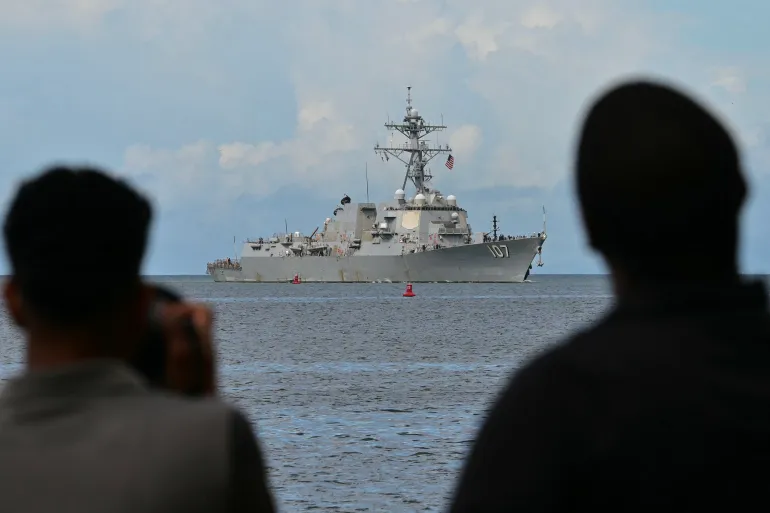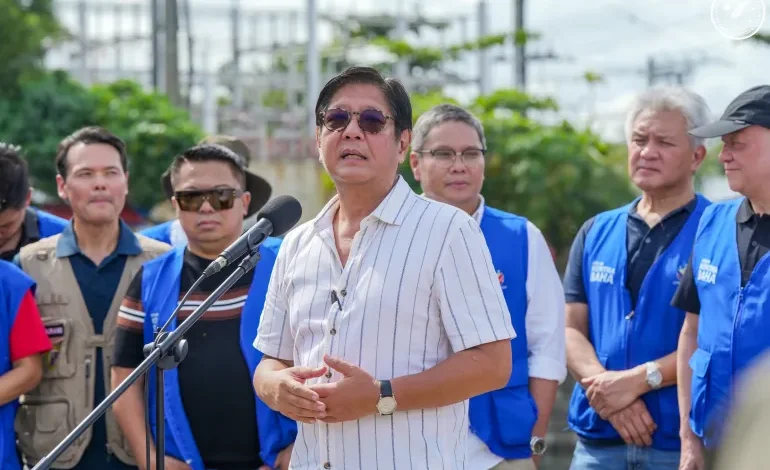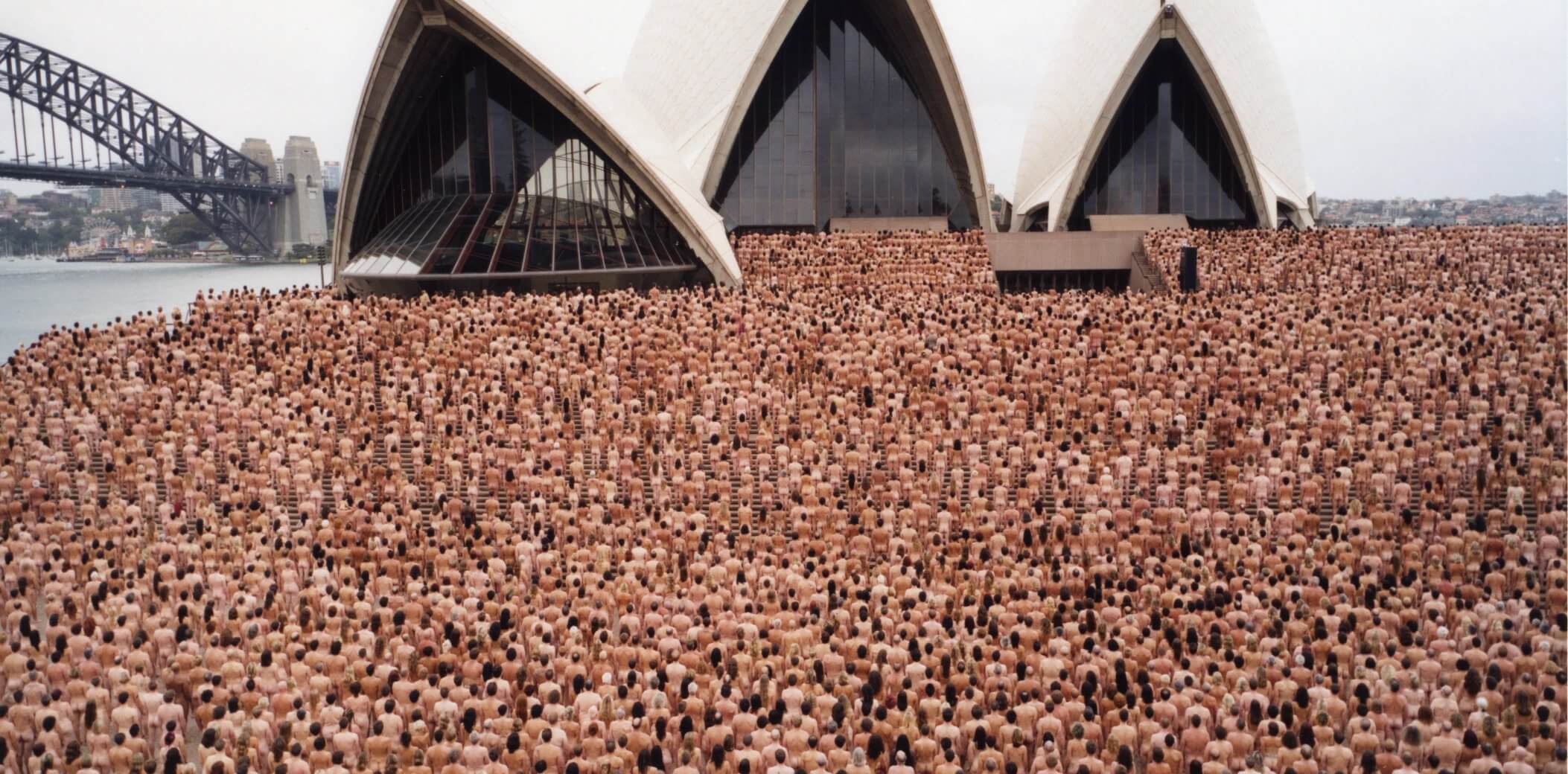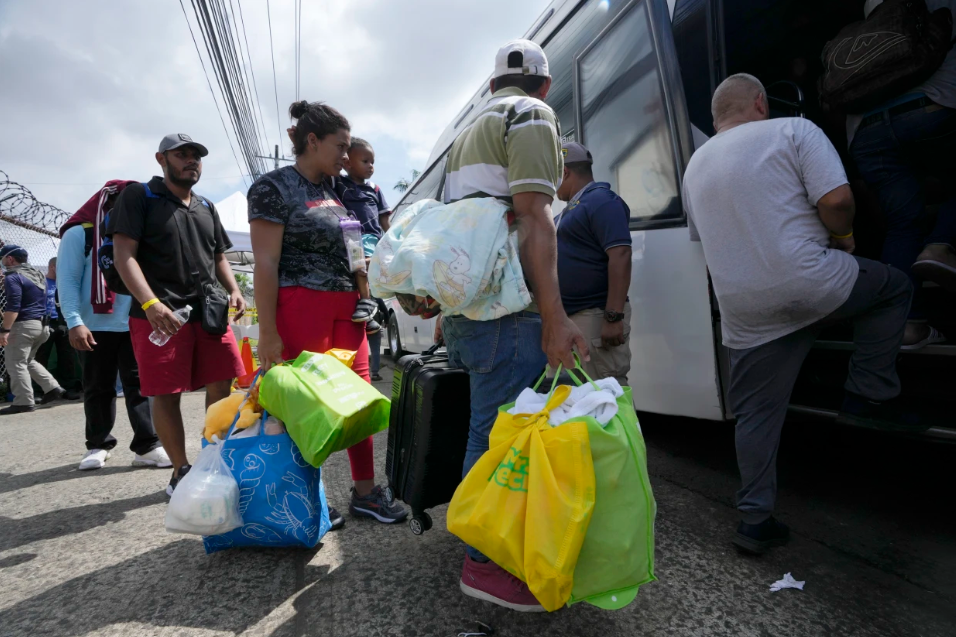Seven people have been arrested in the Philippines as investigators close in on a corruption network linked to so-called “ghost” flood control projects, schemes that allegedly swallowed billions while leaving communities defenceless against increasingly deadly storms.
President Ferdinand Marcos Jr confirmed the arrests this week, calling them the first visible outcome of a probe now expected to trigger multiple criminal cases. The suspects are among those charged by the Sandiganbayan, the country’s anti-corruption court, in what officials say could become one of the largest infrastructure fraud cases in recent Philippine history.
The scandal erupted after thousands of protesters filled the streets of Manila in September, angered by reports that up to 118.5 billion pesos ($2bn) vanished into flood control projects that either barely existed or were never completed. A commission set up by Marcos two months ago is now unpicking years of opaque contracting and political favouritism.
“To the rest, give up,” Marcos declared in a recorded address, warning fugitives and their enablers that they would be held accountable. Interior Secretary Jonvic Remulla reinforced the message: “No matter where you are in the world, we will find you.”
Among the figures named is former lawmaker Zaldy Co, linked to Sunwest Corporation, which was contracted to build a 289-million-peso flood barrier in Oriental Mindoro — now the first project under formal judicial review. Authorities say Co is believed to be abroad, while other suspects may soon surrender via Philippine embassies in the US, New Zealand and Jordan.
Local media reports indicate that several officials from the Department of Public Works and Highways are already in custody, including regional directors and technical staff, raising sharp questions about how deeply the alleged corruption ran through government institutions.
Public fury has been fuelled by images of luxury homes, private jets and suitcases of cash associated with leading suspects, a stark contrast to the reality faced by vulnerable communities. More than 250 people were killed this month as successive super typhoons hit the archipelago, prompting renewed frustration that protective infrastructure either failed or was never properly built.










The latest news in your social feeds
Subscribe to our social media platforms to stay tuned